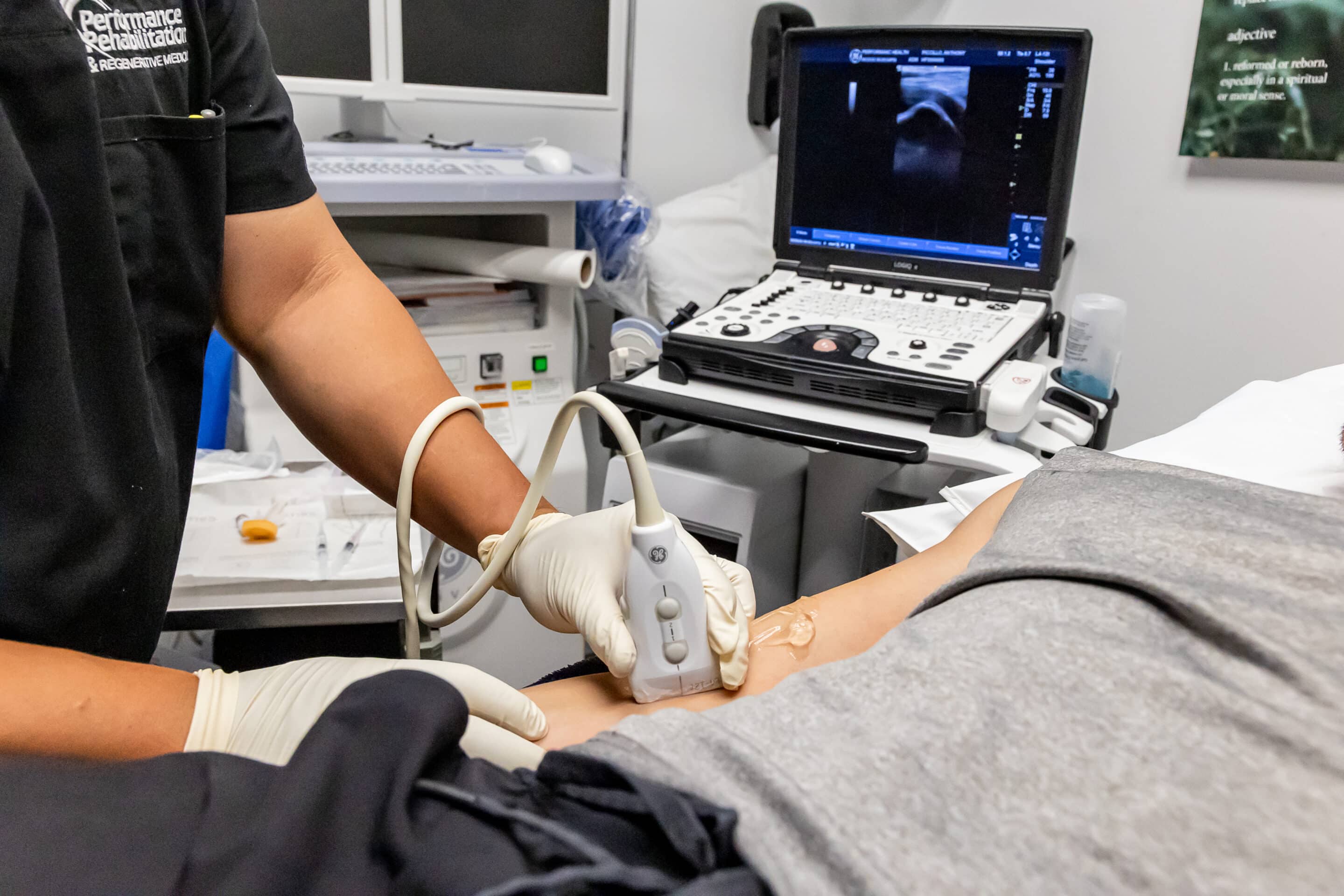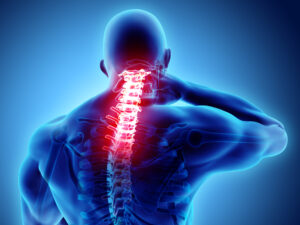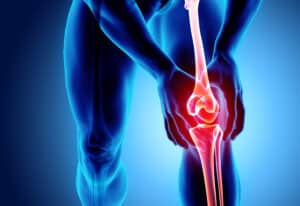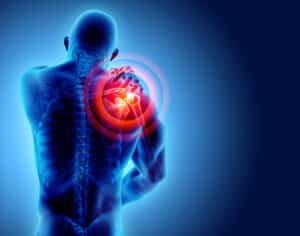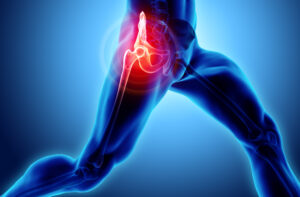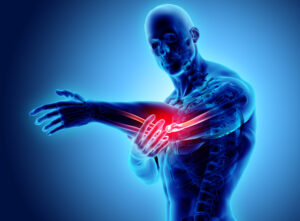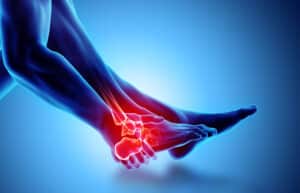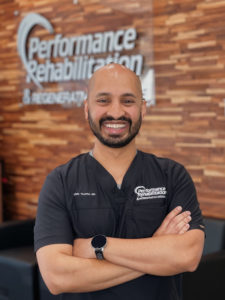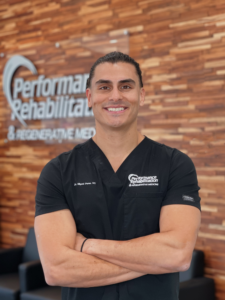Peripheral Nerve Stimulation
Safe, Effective, Non-Surgical Treatment for Nerve Injuries
In line with our priority to provide an extraordinary patient experience, Performance has expanded to include our own state-of-the-art surgery center. This sterile environment provides the highest possible standard of patient care for those patients receiving injection-based procedures and surgeries.
Peripheral Nerve Stimulation (PNS) Facts and Information
What is PNS and How Does it Work?
Peripheral nerve stimulation (PNS) is a medical technique that involves the use of electrical stimulation to modulate the activity of peripheral nerves. It is primarily used for therapeutic purposes to manage chronic pain and other neurological conditions. PNS works by delivering electrical impulses to specific peripheral nerves, which can help disrupt or modulate pain signals and restore normal nerve function.
Peripheral Nerve Stimulation, a nerve stimulator, creates an energy field that acts on nerves to treat chronic pain. The device is inserted through a needle-sized incision and can be placed precisely to stimulate nerves throughout your body (excluding craniofacial nerves).
Before the device is implanted permanently, there is typically a trial period to determine if the therapy is effective for your chronic pain. Peripheral Nerve Stimulation is covered by most healthcare providers. Consult with your doctor to learn more about wireless PNS.
What is Peripheral Nerve Stimulation (PNS) used for?
Chronic Pain Management: PNS is often used to treat chronic pain that is resistant to other conservative treatments. It can be beneficial for conditions such as neuropathic pain (nerve-related pain), complex regional pain syndrome (CRPS), post-amputation pain, and peripheral neuropathy.
Failed Back Surgery Syndrome (FBSS): FBSS refers to persistent pain after spinal surgery. PNS can be used as a treatment option for individuals who have not found relief from other surgical interventions.
What Conditions Does Peripheral Nerve Stimulation (PNS) Treat?
Studies show that up to 62% of chronic low back pain is sacroiliac joint in origin. Pain from sacroiliac joint disorders can be felt anywhere from the lower back, buttocks, or in the legs. Chronic SI joint pain can make it difficult to perform common daily tasks and affect every aspect of a patient’s life. Complaints include:
Low back pain
Numbness
Tingling
Weakness
Pelvis/buttock pain
Hip/groin pain
Leg instability
Disturbed sleep
Inability to sit long
Understanding Symptoms of Nerve Pain
Sharp, shooting pain: Nerve pain is often described as a sharp, stabbing, or shooting sensation. It can occur spontaneously or be triggered by certain movements or stimuli.
Burning or tingling sensation: Many individuals with nerve pain experience a burning or tingling sensation in the affected area. This sensation may be constant or intermittent.
Hypersensitivity: Nerve pain can cause hypersensitivity to touch or pressure. Even gentle touch or light clothing can provoke intense pain or discomfort.
Numbness or loss of sensation: In some cases, nerve pain may be accompanied by numbness or a loss of sensation in the affected area. This can make it challenging to feel temperature changes or perceive touch.
Radiating pain: Nerve pain often radiates along the path of the affected nerve. For example, if a nerve in the lower back is compressed, the pain may radiate down the leg (sciatica).
Muscle weakness: Nerve pain can lead to muscle weakness or loss of muscle control in the affected area. This can result in difficulties with coordination or performing certain movements.
Electric shock-like sensations: Some individuals may experience electric shock-like sensations, which can be sudden, intense, and jolting.
Sleep disturbances: Chronic nerve pain can significantly disrupt sleep patterns, leading to insomnia or poor sleep quality.
What are the Differences Between TNS and PNS?
- TNS (Transcutaneous Nerve Stimulation): Transcutaneous Nerve Stimulation, also known as transcutaneous electrical nerve stimulation (TENS), involves applying electrical stimulation to the skin’s surface to relieve pain. TENS units typically consist of a portable device with electrodes that are placed on or near the area of pain. The electrical impulses produced by the device are designed to interfere with pain signals, providing temporary pain relief.
TENS is commonly used for acute and chronic pain conditions, such as musculoskeletal pain, neuropathic pain, arthritis, and labor pain. It is a non-invasive technique that can be easily self-administered by the patient. TENS may be used in home settings or as part of physical therapy.
- PNS (Peripheral Nerve Stimulation): Peripheral Nerve Stimulation involves the use of electrical stimulation to modulate the activity of specific peripheral nerves. Implanted PNS involves surgically placing electrodes near the targeted peripheral nerves. These electrodes are connected to a pulse generator, which delivers controlled electrical impulses to the nerves. Implanted PNS is often used for chronic pain conditions that have not responded to other treatments, such as neuropathic pain, complex regional pain syndrome, and post-amputation pain.
In summary, TNS (TENS) is a non-invasive technique that involves surface electrical stimulation for pain relief, while PNS (Peripheral Nerve Stimulation) encompasses techniques that include both non-invasive peripheral nerve field stimulation (PNFS) and surgically implanted peripheral nerve electrodes. PNS is typically used for more severe and chronic pain conditions requiring targeted peripheral nerve modulation.
What are the Benefits of Peripheral Nerve Stimulation?
Pain relief: PNS can help alleviate chronic pain, reducing the need for pain medication.
Non-destructive approach: PNS is a reversible treatment option that does not permanently alter the nerves or require extensive surgery.
Reduced side effects: Compared to systemic medications, PNS may have fewer systemic side effects because it targets the affected nerves locally.
Personalized treatment: PNS can be adjusted to the individual patient’s needs, allowing for customized therapy.
When will I see the results from PNS?
The time it takes to see results from Peripheral Nerve Stimulation (PNS) can vary from person to person. In some cases, individuals may experience immediate relief or noticeable improvements shortly after the procedure. However, it’s important to understand that the full effects of PNS may take time to develop.
The timeline for seeing results from PNS can depend on several factors, including the individual’s specific condition, the underlying cause of their pain, and their body’s response to the treatment. Generally, it is common for patients to go through an adjustment period during which the stimulation settings are fine-tuned to achieve optimal pain relief. This adjustment period can last several weeks or even months.
It’s also worth noting that pain relief may be gradual, with incremental improvements over time. It is not uncommon for patients to experience fluctuations in pain levels during the initial phase of treatment. Therefore, patience and consistent communication with your healthcare provider are essential.
Treat Your Back Pain – Cluneal Nerve Pain
Neuropathic chronic low back and hip pain is the largest portion of the direct medical costs in the US. The cluneal nerves are formed from the lumbar and sacral spine nerve roots. The cluneal nerves are the primary sensory nerve supply to the iliac crests, hips, buttocks, and thighs. When the pain is located in the focal area across the top of the hips, it’s usually carried to the brain by the superior cluneal nerves. Spinal surgery can result in scarring and fibrosis, alterations in muscle tension crisscrossing layers of tissue, and surgical trauma to the nerve branches if bone is harvested from the iliac crest. These various pressure stresses on the cluneal nerves in the low back can result in:
Neural entrapment
Neural tethering (stretching)
Altered biomechanics of adjacent fascial plane
The Peripheral Nerve Stimulator is placed with a minimally invasive procedure through only a small incision over the cluneal nerve in the lower back. Peripheral Nerve Stimulation for the cluneal nerve is a treatment for your long-term neuropathic and mechanical low back pain effectively without drugs.
Treat Your Pelvic Pain – Pudendal Nerve Pain
Irritation, compression or injury to the pudendal nerve is a common cause of pelvic pain. The pain can be felt in the bladder, pelvis, vagina, penis, scrotum and rectum and even refer to inner thighs and is a common cause of sexual pain. The pain can be worse when sitting. A pudendal nerve block resulting in temporary relief of symptoms helps confirm the diagnosis. Risk factors may include pelvic trauma, bike riding, childbirth, pelvic surgery, peripheral neuropathy or pelvic mass. However, in most cases an exact cause cannot be identified. Pudendal nerve pain is often misdiagnosed as other pain disorders such as interstitial cystitis, chronic prostatitis and endometriosis. Common treatments include non-steroidal anti-inflammatories, cortical steroids, pelvic floor, epidural steroid injections, surgical decompression and pulsed radio frequency ablation of the pudendal nerve. If you suffer from pudendal nerve pain and have tried other treatments that only provided temporary relief of symptoms, peripheral nerve stimulation with the Peripheral Nerve stimulator may let you regain your freedom back!
Treat Your Knee Pain
Over 500,000 total knee replacements are done each year in the USA. While many are successful, chronic postoperative pain occurs frequently. The pain is believed to be caused from the peripheral nerve or soft tissue injury, or even neuroma formations, causing joint pain in more than 20% of patients over one year following the surgery. Treatment options include:
Knee mobilizations
Surgical revisions
Nerve block injections
Physical therapy
Radio frequency ablation
Medication
Anti-inflammatory drugs (NSAIDS)
Opioids
You may have also tried physical therapy, anesthetic patches, and TENS. Even though these could provide short term relief, many times the pain will return. Peripheral never stimulation with the PNS system may be a viable option to let you start living again pain free.
The stimulator is placed with a minimally invasive procedure through only a small incision over the lateral and medial knee and has the ability to restore mobility and freedom with less knee pain.
Treat Your Leg and Foot Pain – Tibial and Sural Nerve Stimulation
Lower leg and foot pain can be caused by peripheral neuropathy from diabetes, trauma, pressure on the nerve for a long period of time, and even nerve entrapment from scar tissue or pressure on ligaments around the ankle and foot. You may be experiencing symptoms like:
Numbness
Pain in the bottom of the foot and toes
Weakness
Deformation of foot, muscles, toes or ankle
Tingling sensation (pins and needles)
Shocking/shooting or even burning pain
You may be experiencing pain from the lightest touch to the skin, from changes in the weather, itching, or even radiating pain throughout the entire limb. Surgical removal of lesions that press on the nerve may benefit for some people, but many are still left in pain. You may have tried various medications or even physical therapy; however, it may be really hard and painful to exercise or even walk with the pain. You may have tried nerve blocks or radio frequency ablation that provided short-term relief. Try peripheral nerve stimulation with the Peripheral Nerve stimulator to see if it can be an option for you!
Treat Your Hernia Pain – Ilioinguinal Pain
There are over 1,000,000 hernia repair surgeries in the US annually with over 8% estimated repair an inguinal hernia which is one of the leading causes of abdominal and groin pain. Complications from these procedures can include recurrent surgery, infection, pain and adhesions. Pain present in the abdominal and/or groin area can be just subtle, to completely debilitating. This type of pain does not always respond well to pharmacologic treatment options. Nerve blocks are the most common treatment, however, they are not usually the solution for long-term relief. The nerve fibers running through this area of the body are called the ilioinguinal nerves. Peripheral never pain stimulation has been shown to provide pain relief for post-surgical hernia pain. Small wire-like devices are placed over the inflected nerves around the hernia incision using a minimally invasive technique. The wires are activated from an external device that will energize the implant and block the nerve pain transmission signal to the brain. The result? Significant pain relief.
Treat Your Arm and Wrist Pain – Ulnar and Radial Pain
The ulnar nerve runs from the shoulder to the hand and is responsible for carrying nerve signals between the hand and the brain, enabling motion and feeling in the hand and forearm. Ulnar neuropathy is an inflammation or compression of the ulnar nerve, resulting in numbness, tingling, and pain. Estimates are that 40% of Americans experience some form of this neuropathy at some point in their lives. Ulnar neuropathy can be caused by compressive injury, by leaning or resting on the elbows or a blow to the elbow or ulnar nerve entrapment. Symptoms include:
Weakness
Tenderness in Hand
Tingling in the palm and 4th/5th fingers
Sensitivity to cold
Elbow tenderness
Burning feeling in hand, arm or fingers
What patients have to say…
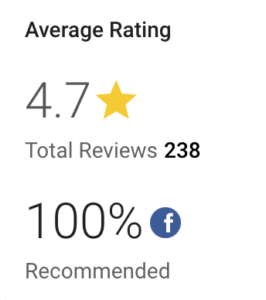
“The staff are patient, friendly, courteous and efficient in their duties and interaction with patients. The office is very clean and has a refreshing light filled ambiance. I was very pleased especially when you are in pain and discomfort. I was reassured every step of the way towards recovery that things would get better. They helped me to manage my expectations by being honest, forthcoming and explaining procedures and things that were happening with me in simple details that I could comprehend. I appreciate and am grateful for all their interventions, support and encouragement.”
Send us a text today at 908-308-4070 or give us a call at 908-756-2424.
